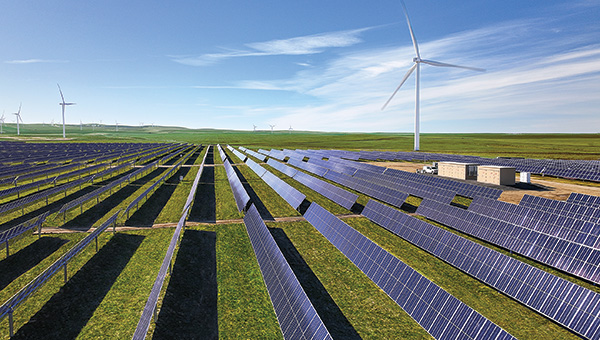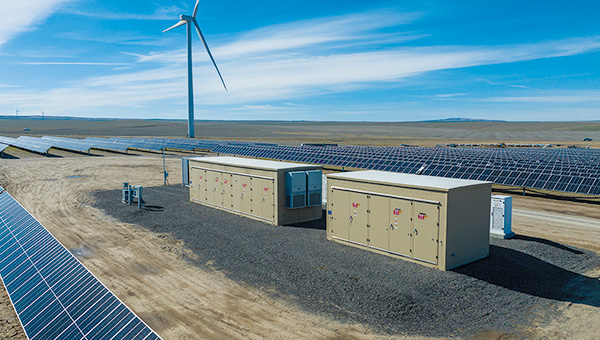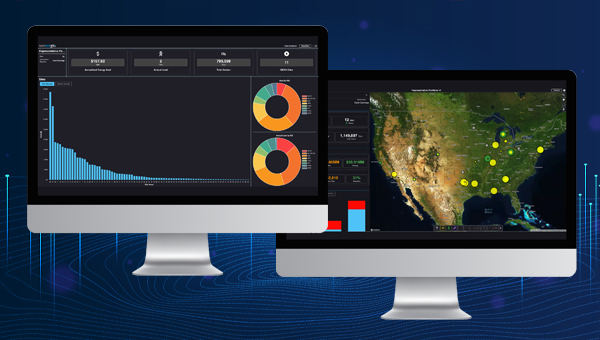The Future of Renewable Energy
As the largest electric utility in Oregon, Portland General Electric (PGE) established decarbonization goals aimed at reducing carbon emissions by 80% by 2030 and achieve zero emissions by 2040. To meet these goals, PGE commissioned the first-of-its-kind, utility-scale renewable energy facility in North America, co-locating 300 MW of wind, 50 MW of solar, and 30 MW of battery storage to provide a reliable, steady flow of renewable electricity.
Challenge
The variable power generation from hybrid power assets led to suboptimal grid connectivity, requiring coordinated management of the assets to ensure efficient operation. The team solved for three key constraints:
- Minimize renewable energy generation intermittency while maintaining the battery’s average state of charge of 35%
- Optimize the system to account for transmission curtailment and avoid solar clipping
- Facilitate seamless integration of variable resources into the grid for on-the-ground operators
Solution
The team utilized NextEra 360 to develop an AI-driven solution that optimized grid connectivity while keeping the average battery charge at 35%. To support this system, they established data connections across assets and created a data lake that incorporated price signals from California Independent System Operation (CAISO) and Western Energy Imbalance Markets (WEIM). Combined data sources informed demand and generation forecasts while evaluating system constraints.
The three-part algorithmic solution (1) prioritized grid connection for wind assets, (2) mitigated solar production losses during periods of high sun and wind due to clipping, (3) lowered battery cycles and prolonged the battery’s lifespan. By expanding the analysis time frame from 24 to 72 hours, the team identified optimal moments to store and discharge surplus energy in the battery during high demand or low output periods, all while meeting the average state of charge requirement. To support grid-level coordination and compliance, the team provided updated generation forecasts to the grid manager every two hours.
Implementation Timeline
6 months
Result
- MINIMIZED the amount of clipped solar energy using battery storage and delivering energy to the grid
- SHIFTED deployment of solar energy to the most valuable times during the day
![]()
With the Wheatridge project, we’re accelerating Oregon’s transition to clean energy and showing the nation what the future of renewable energy looks like.
Maria Pope,
PGE president and CEO

About Us
Built on 20+ years of experience in energy optimization, data science, forecasting, and analytics, NextEra Analytics, Inc. (NEA), a subsidiary of NextEra Energy Resources, developed NextEra 360™ comprehensive energy management software, designed to increase operational efficiency, reduce cost, and accelerate decarbonization no matter where you are in your clean energy journey. Swift and agile, NextEra 360 can be tailored to your site-specific operations and business objectives.
NextEra Energy Resources, together with its affiliated entities, is a clean energy leader, with approximately 27,400 MW of total net generating capacity in the U.S. and Canada, as of year-end 2022, and a world leader in battery storage and is driving the development of the green hydrogen economy. NextEra Energy Resources offers a wide range of clean energy solutions to help businesses and customers across the country meet their emissions reduction goals.


